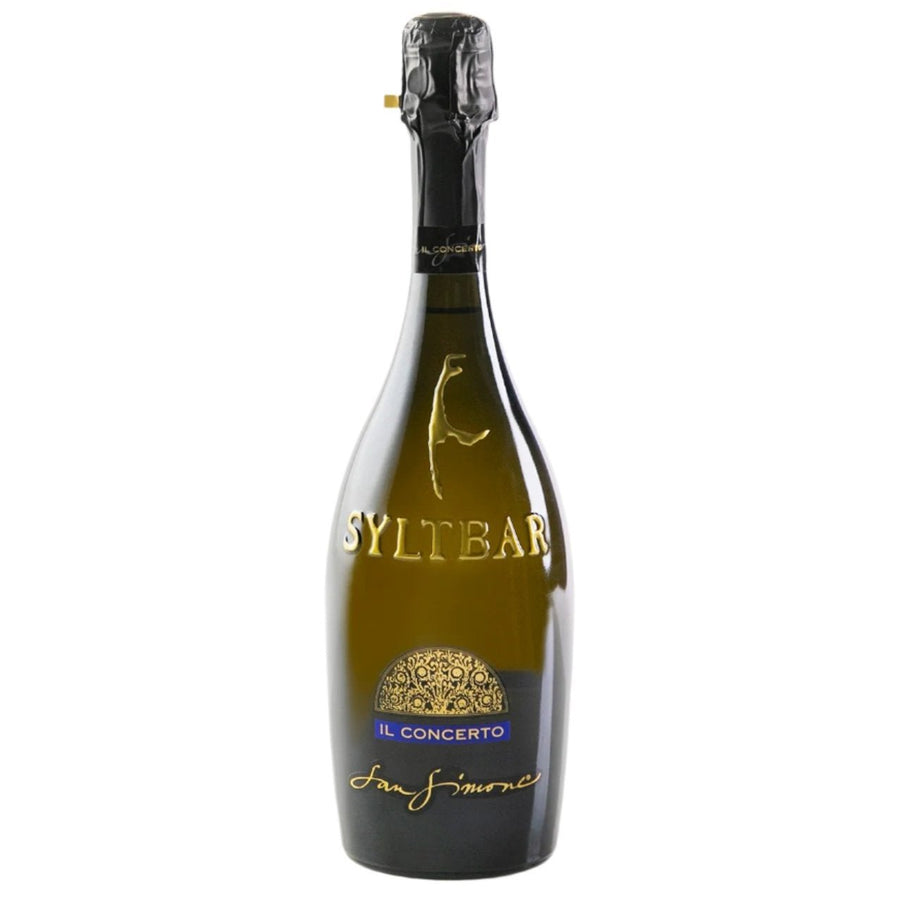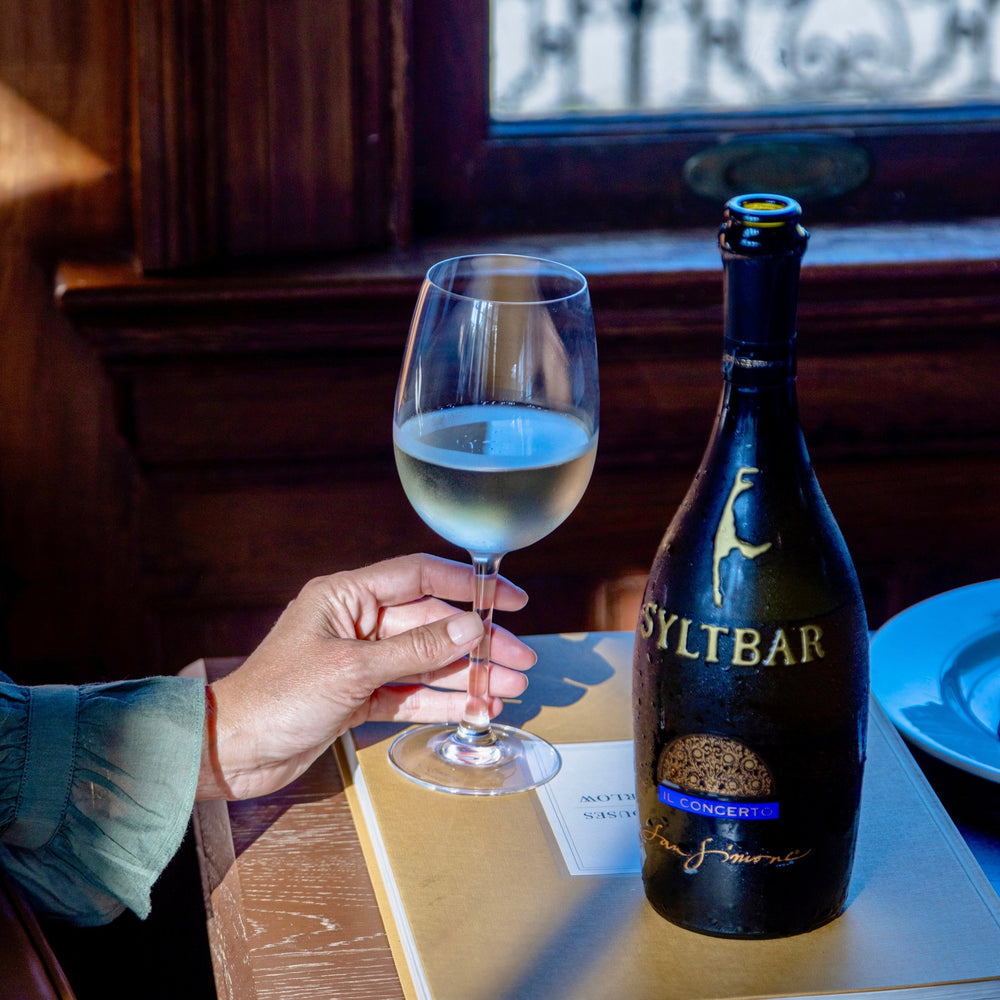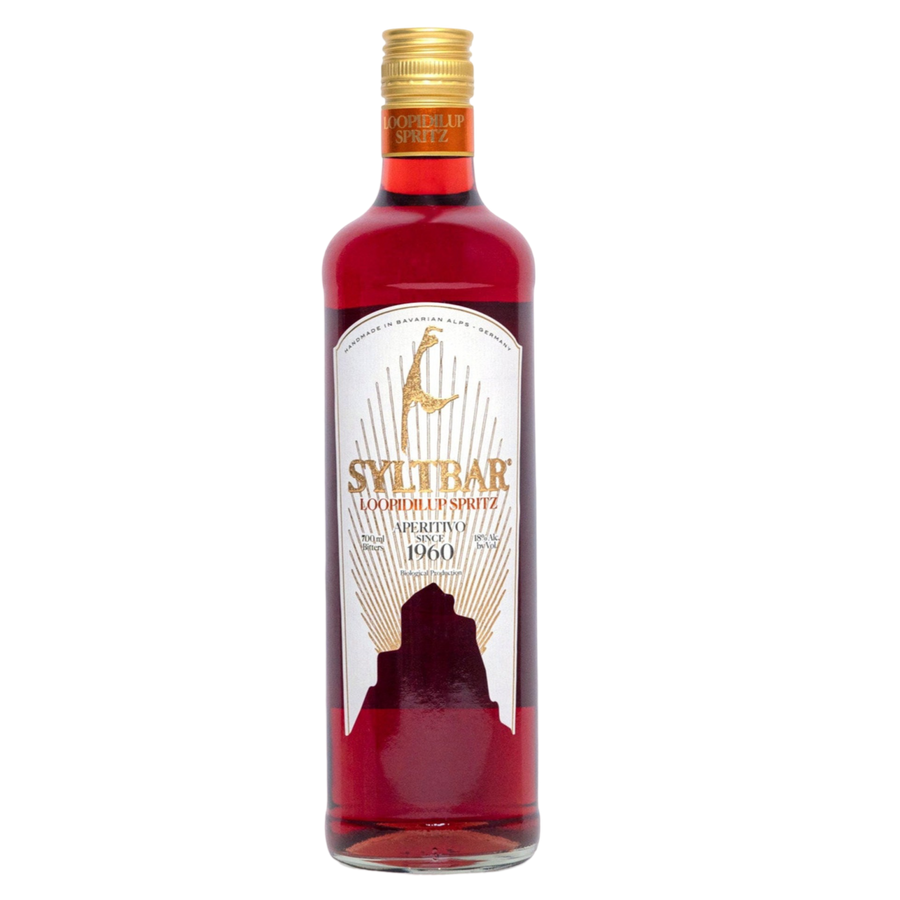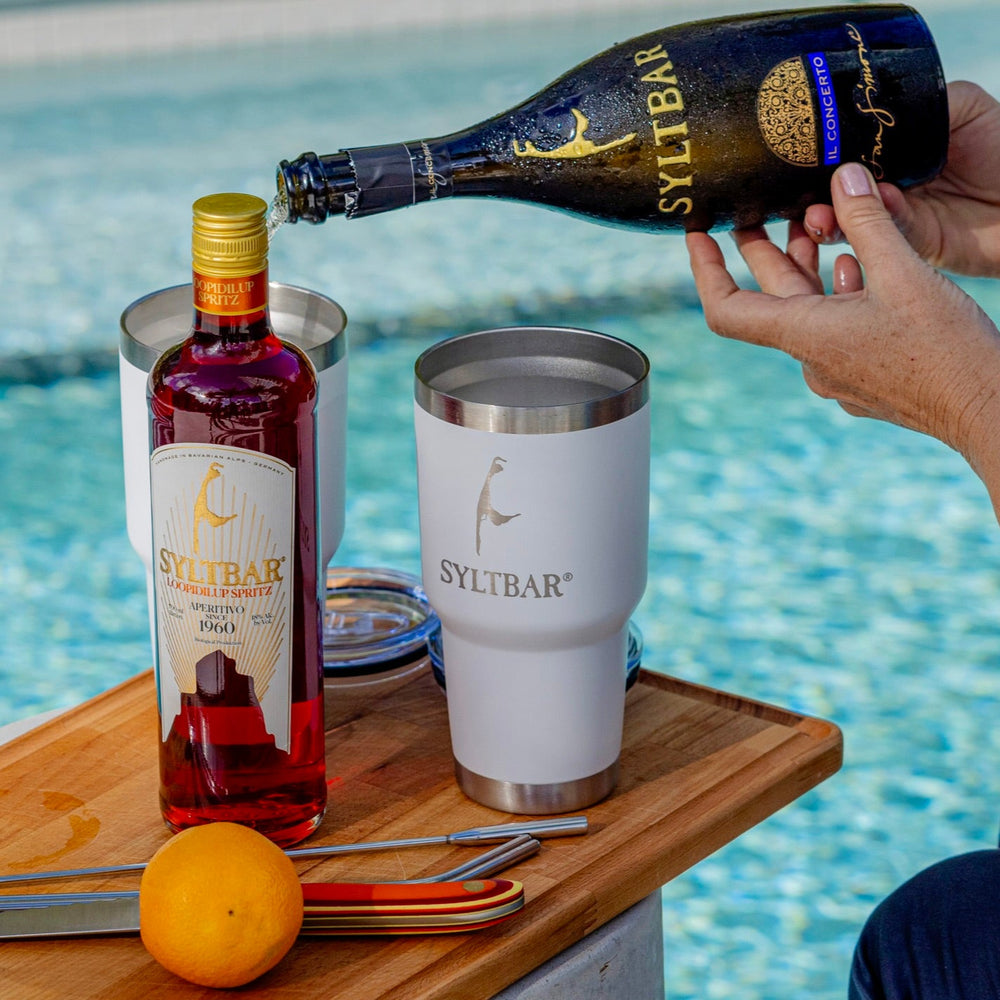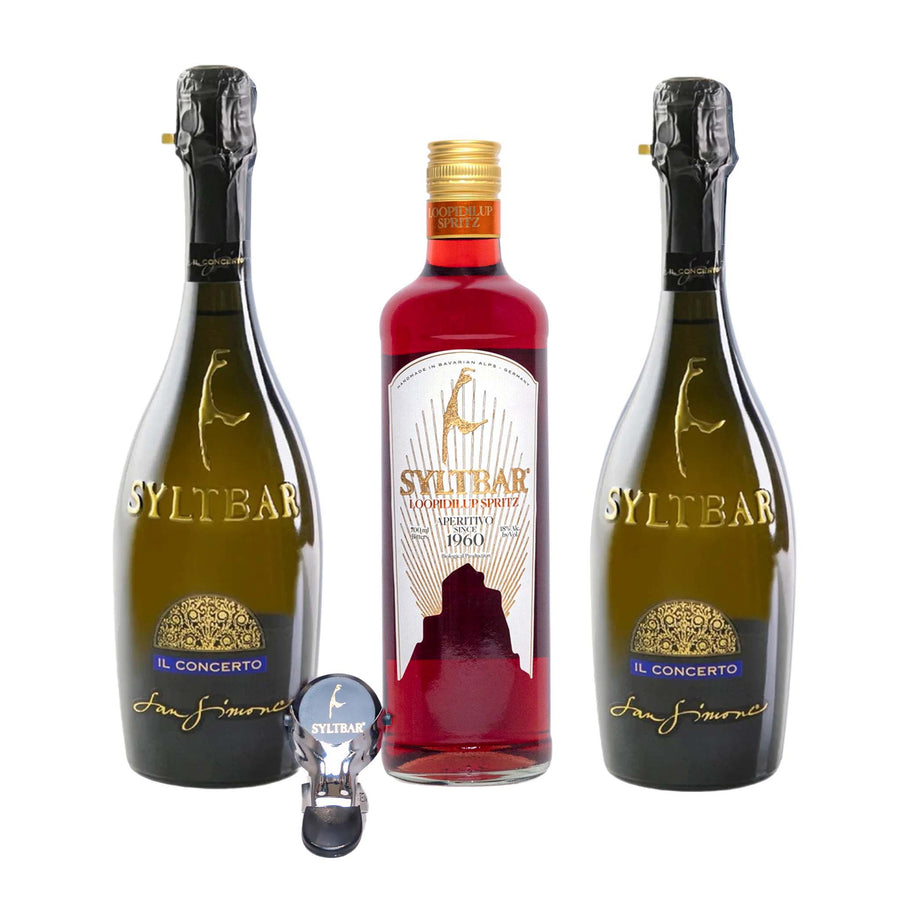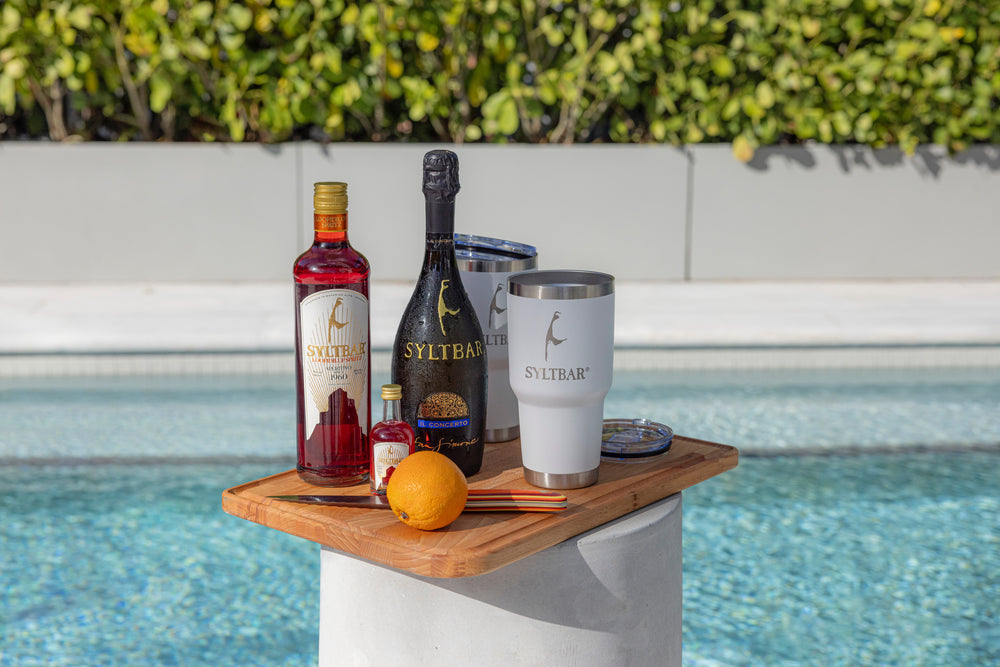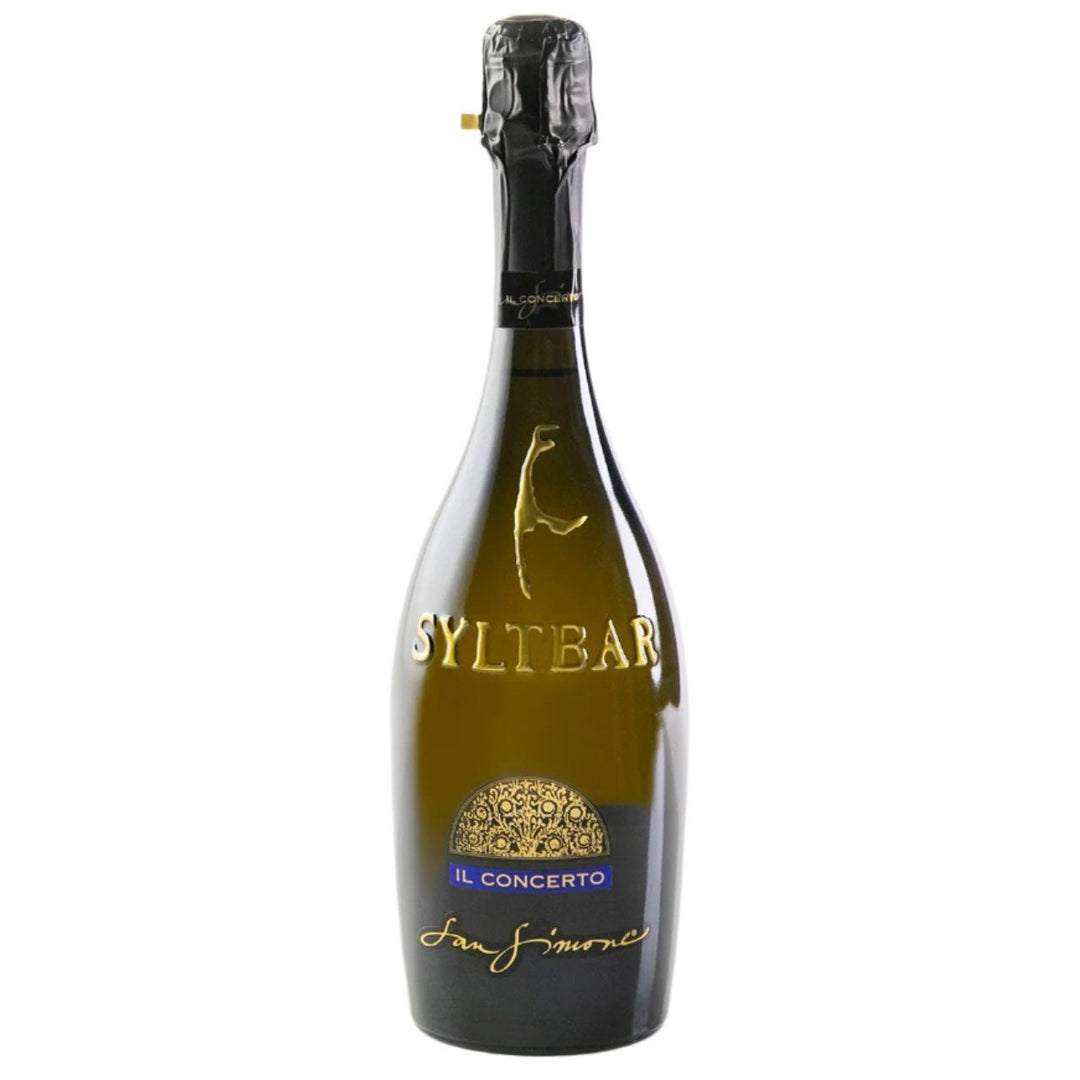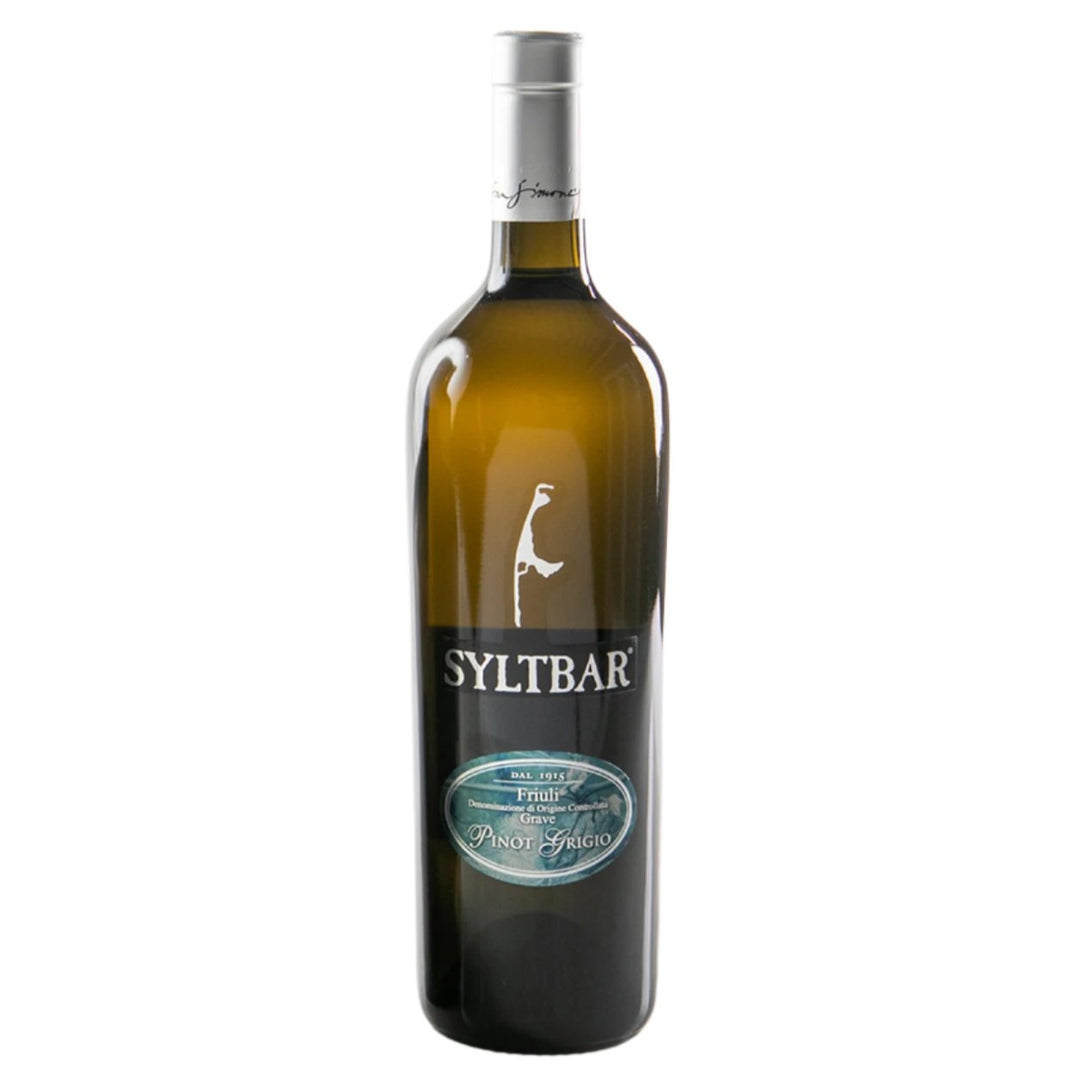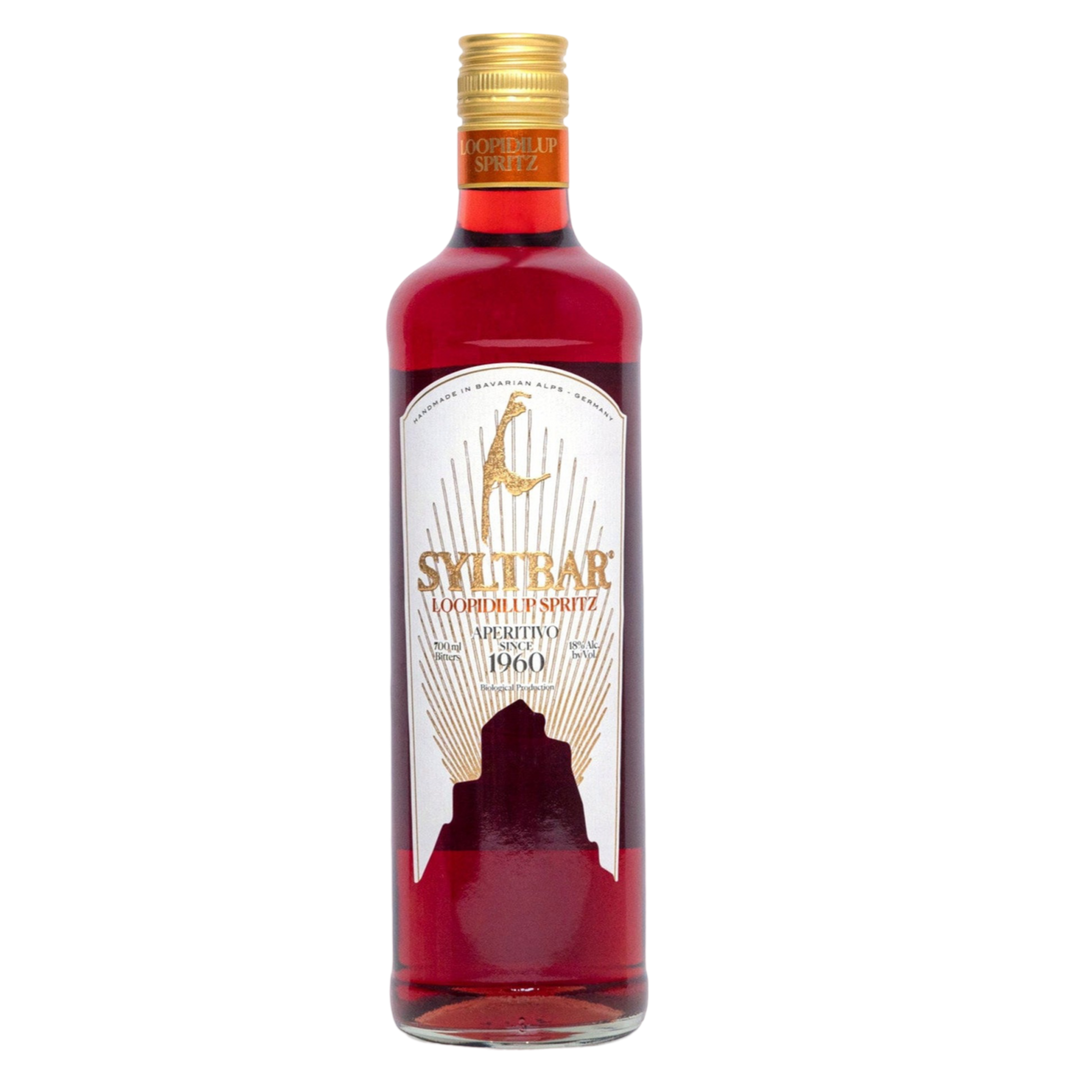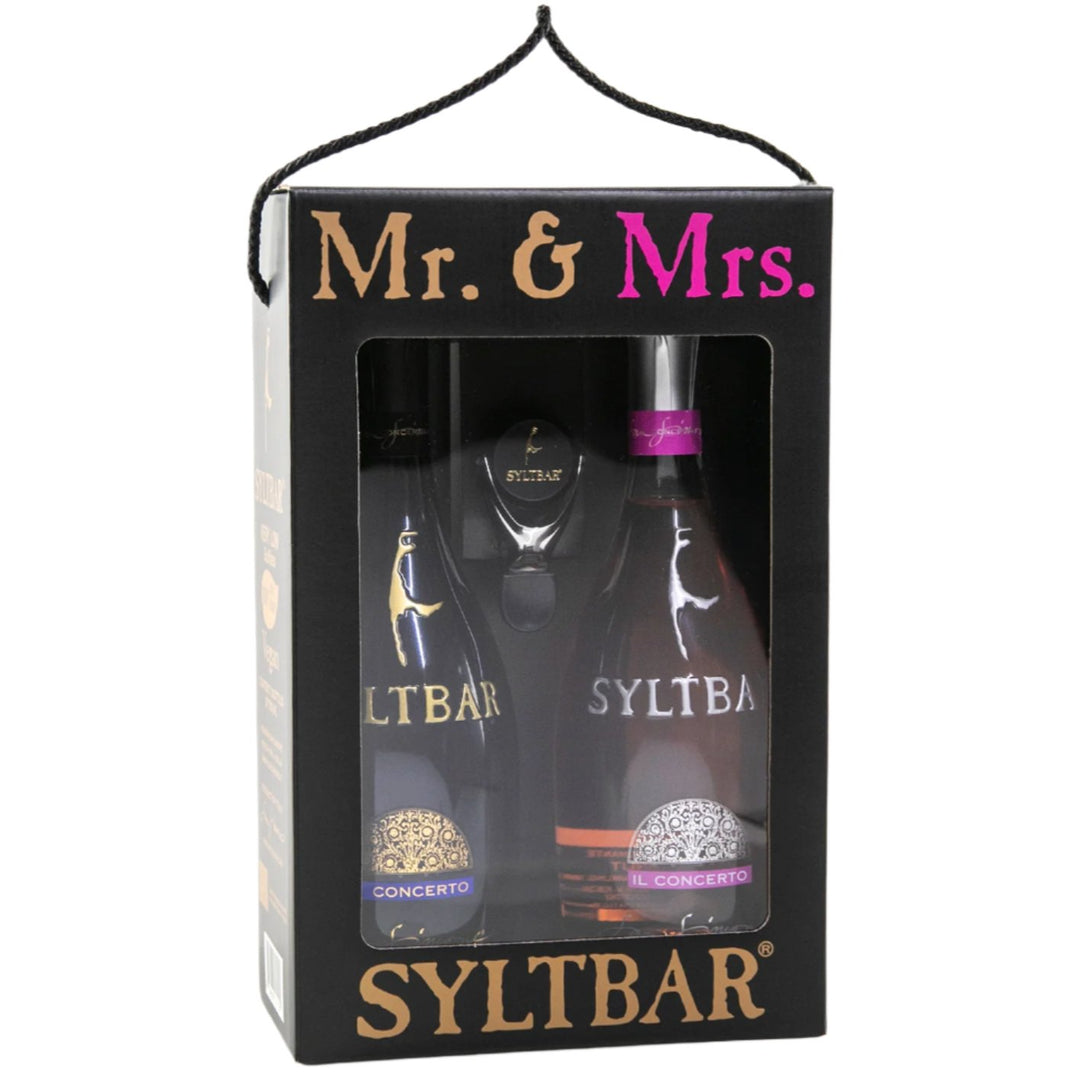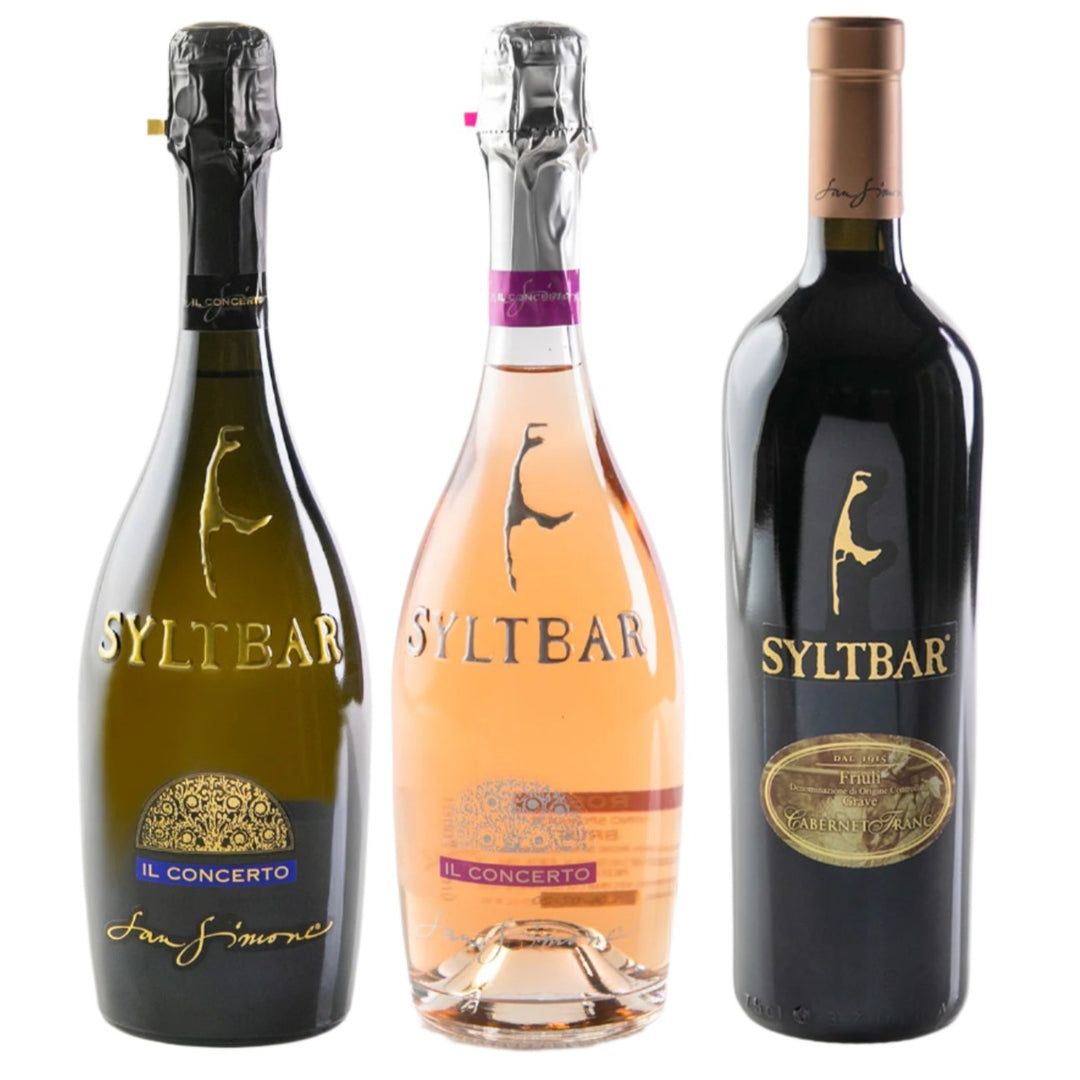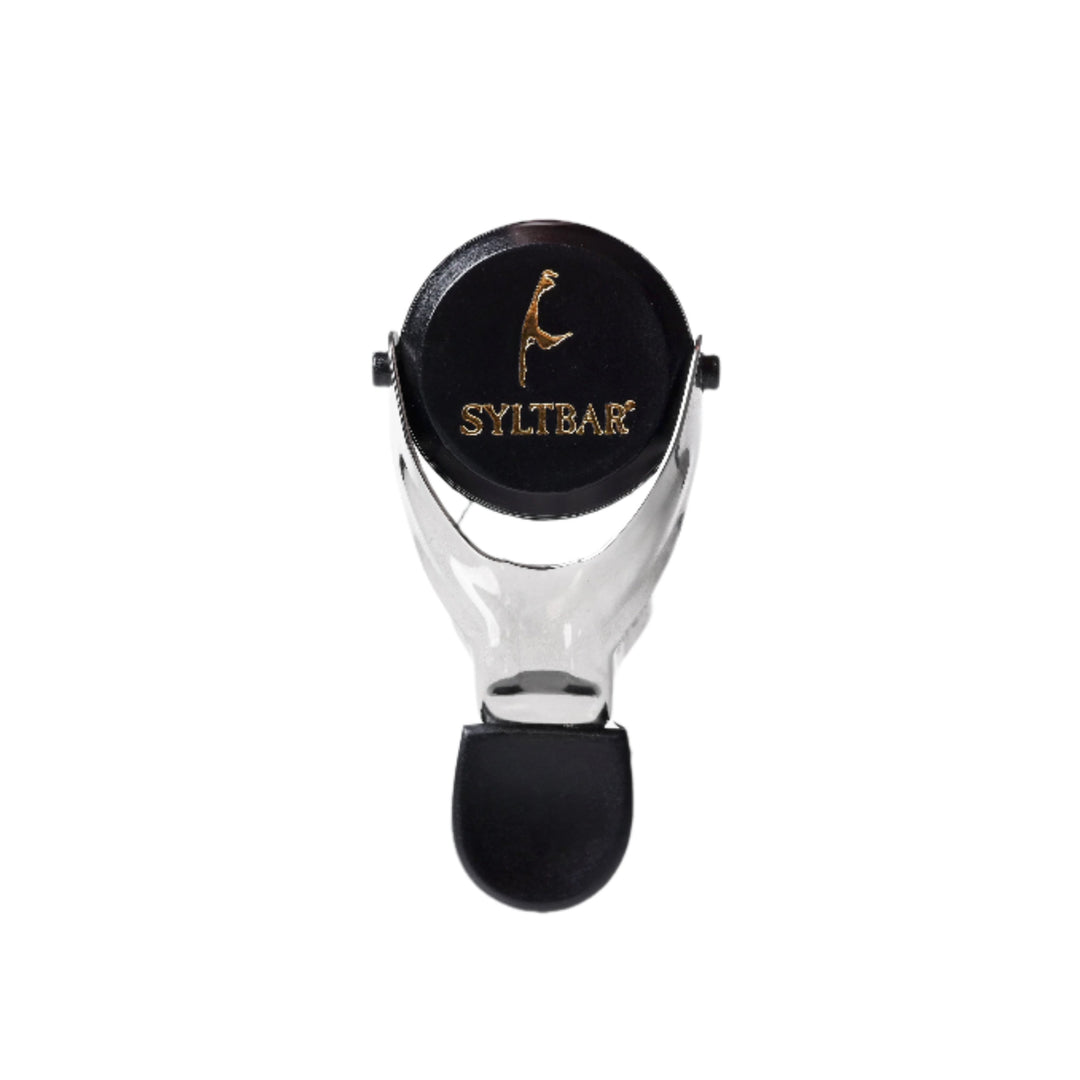How Is Rosé Wine Made
It’s no secret that rosé has become much more popular in recent times, with many different options popping up in both still and sparkling varieties. Although SYLTBAR does not carry a still rosé wine, our Mrs SYLTBAR Sparkling Rosé is one of our two best selling products and our customers absolutely love it — as do we!
So, what’s all the fuss about rosé wine, and most importantly, how is rosé wine made? Rosé wine has turned into a lifestyle. People love the idea of living this “rosé all day” state of mind. The beautiful pink tone of the wine is incredibly appealing — some rosé wines are light and translucent, some are blush, and others are so dark, people might even mistake it for a red wine.
Maceration Method for making Rose Wine
That pink color occurs because the skin of the red grapes come in contact with the wine for a very short amount of time, unlike red wine production, where the red grape skins macerate in the wine for weeks at a time. Wine producers can control how light or dark their rosé will be simply by adjusting the amount of time they allow the wine and red grape skins to ferment together. For a lighter rosé, the skins may kiss the wine for a few short hours; for a darker rosé, the skins are left in the wine for a bit longer.
Saignée Method for making Rose Wine
There are a few different methods of creating a rosé wine. The most common is probably the Maceration Method, which we explain above. Another method, although rarely used, is called the Saignée Method, also called the Bled Method. This method starts by beginning to produce a red wine and then taking some of the juices from that vat and pouring it into a new one to make rosé. One of the main benefits of this method is that the original red wine batch becomes much more concentrated, and the flavors develop much more deeply. This less popular production method is more commonly found in regions where high-end red wine is the main focus.
Blending Method for making Rose Wine
A third method is the Blending Method, which can produce a very wide range of rosé wine. The method is simple and straightforward. It basically means wine producers add some of their red wine to a vat of white wine to create that pink hue. This method is more often used for sparkling rosé wines than it is still.
For many, France is probably the first country that comes to mind when you think of rosé wine, but Italy has definitely stepped up its game and has become quite the contender as a top producer. SYLTBAR’s wine producer, San Simone, located in Friuli, Italy, is known for producing top quality wine in the most pure and natural way. This family-owned-and-operated vineyard is over a hundred years old, and due to it being certified by the Italian Green Project, it abides by very environmentally friendly, sustainable and organic wine production standards. Mrs SYLTBAR is produced with such love and care, with absolutely no added chemicals or sulfites, and no added sugars or sweeteners. That’s why it’s only 63 calories and less than half a gram of sugar per 6 ounce glass, yet still has an 11.5% alcohol content!
Mrs SYLTBAR Sparkling Rosé is made with 100% Merlot. These grapes are harvested during the second and third week of September, which allows them to develop enough to have a balanced acidity and rich, natural sugar content. The grape skins are kept in the tank with the wine for a very short amount of time, resulting in a very light pink color. It’s fresh and fruity on the palate, with dry acidity. We always suggest it as an ideal aperitif, any time of day, any time of year! We also always recommend using a white wine glass in order to enhance the natural flavor and aromas of the wine. As for pairing recommendations, it is delicious with fish and white meat, sushi, and fried seafood and vegetables.
Drink Natural Sparkling Rose
SYLTBAR Sparkling Rosé is meant to be drunk right away, or kept for no more than 2 or 3 years. Not only is this wine low in calories, sugar, and sulfites, but it is also vegan. If you did not know, many wines use animal byproducts during the clarification process, which in turn does not make them suitable for vegetarians or vegans to enjoy. We want everyone to be able to enjoy our wines so our producers never use animal byproduct during any part of the winemaking process.
If you have not yet tried Mrs SYLTBAR Sparkling Rosé, now is the time! Shop online at syltbar.com, or look for a retailer in your area that sells SYLTBAR sparkling wines. If you are already a fan of rosé wine, we know you will love it. Even if you usually do not like this style of wine, after trying SYLTBAR, we know you will become a fan, especially once you understand how pure the SYLTBAR winemaking process is.
